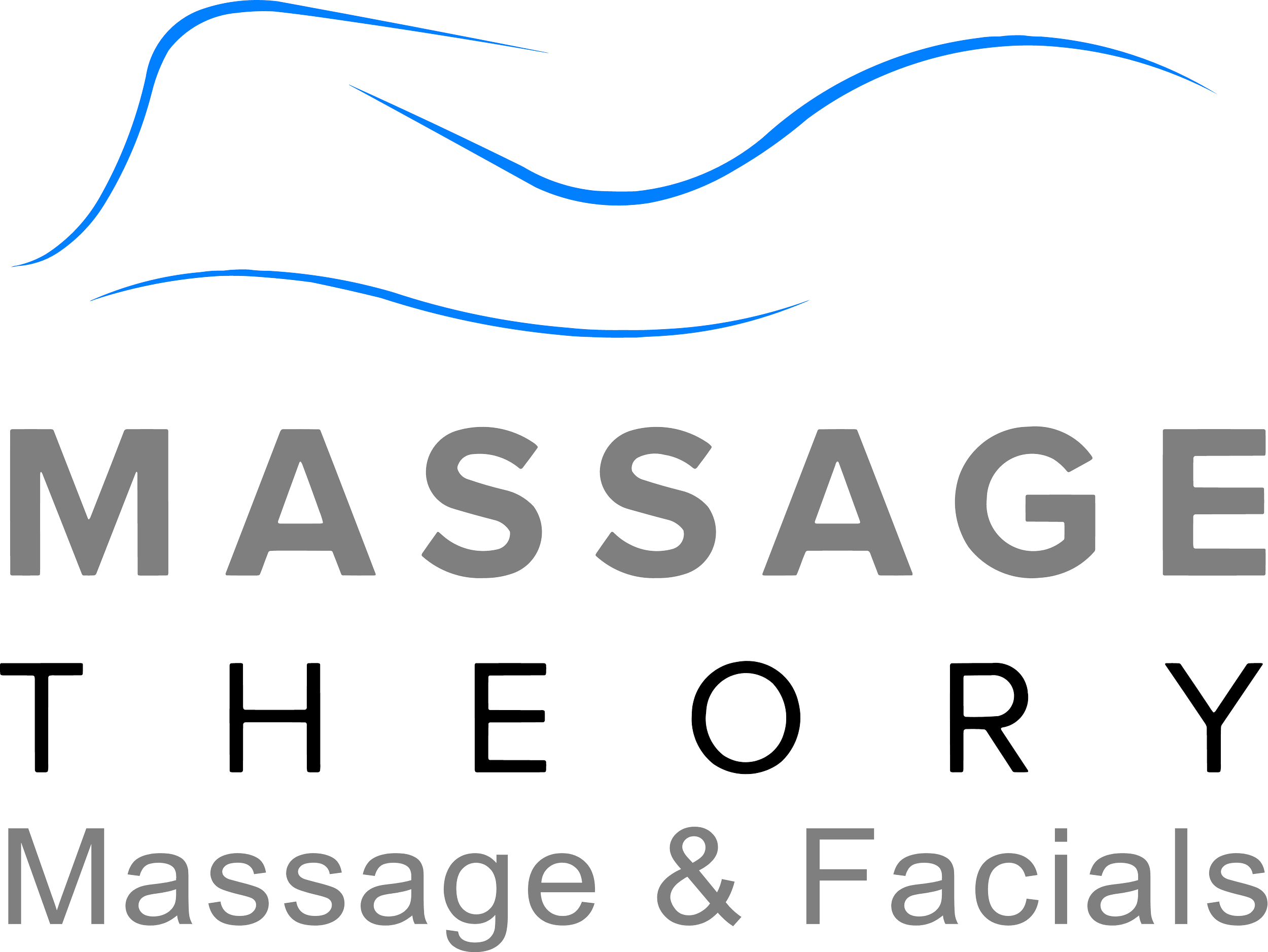The Top Massage Techniques for Pain Relief and Relaxation
If you're in search of relief from pain and tension but lack the time to visit a massage therapist, there are plenty of at-home techniques that can provide some much-needed comfort.
No matter what kind of massage you select, make sure the pressure is not too intense or damaging to your skin or tissue. Ideally, the experience should be relaxing and comfortable for both of you.
Kneading
Kneading is a massage technique that helps relieve tightness and pain in muscles. Additionally, it increases the flexibility of muscles and increases body mobility.
Kneading is an exercise in which one applies alternate pressures to stretch and mobilize muscle fibers. Additionally, it creates friction on the skin surface which leads to an increase in temperature and blood circulation.
This massage technique is often employed to reduce muscle and soft tissue tightness. It has also proven beneficial in relieving stress and anxiety.
Massage techniques to reduce stress are beneficial for both physical and psychological well-being. Massage helps alleviate tension by slowing the heart rate, encouraging relaxation, and inducing feel-good hormones.
Kneading is a deep-pressure massage technique that utilizes various parts of the therapist's hand, palm, or fingers depending on where they are working. It often works in combination with other massage techniques like tapping and percussion for therapeutic results.
Tapotement
Tapotement is a Swedish massage technique that involves rapid, percussive tapping, slapping or cupping of the treated body area. It's used to stimulate muscles and increase local blood circulation.
This technique can be employed to help athletes warm up for sporting events or as part of a warm-up exercise regimen. Additionally, it has the potential to release muscle tension in the back or shoulders during massage sessions, particularly when used in combination with other relaxation techniques.
Tapotement consists of five main methods: Cupping (massage with hands shaped like cups), Hacking (massage using the edge of the therapist's hands), Slapping (fingers gently hitting the client's body), Tapping, and Plucking. These last two techniques are more advanced treatments for muscle pain and injuries.
Friction
Friction is a massage technique that uses fingers to apply pressure across soft tissues such as muscles, tendons, and ligaments. This can increase circulation, reduce pain and speed up healing.
Physical therapists may utilize friction massage to aid in recovery from injury or surgery. This massage helps loosen adhesions and break down scar tissue.
Massage with this technique involves placing the therapist's fingers perpendicular (at right angles) to your scar tissue and moving them over it in a direction that will smooth down collagen fibers. This technique can help break down scar tissue and adhesions, improving mobility and relieving pain.
Vibration
Vibration is an effective massage technique for pain relief and relaxation. It works primarily by improving circulation in muscles, and relieving soreness and numbness in those affected by it.
Vibration therapy, when combined with friction techniques, loosens scar tissue and stimulates the lymphatic system. Furthermore, it's an effective method for relieving trigger points in myofascial pain syndrome.
Vibration is a fast version of friction, wherein a massage therapist uses their fingertips to create rapid back-and-forth trembling movements that cause small muscles to contract and release. This technique should only be used briefly - no more than 20 seconds per spot.
These techniques can be used when you cannot get in for a massage, but it’s always best to schedule regular massages to ensure you get all the benefits. With a monthly massage membership, you can make sure you get a massage from a professional every single month.
